Home>Furniture & Design>Living Room Furniture>How To Choose A Dining Table
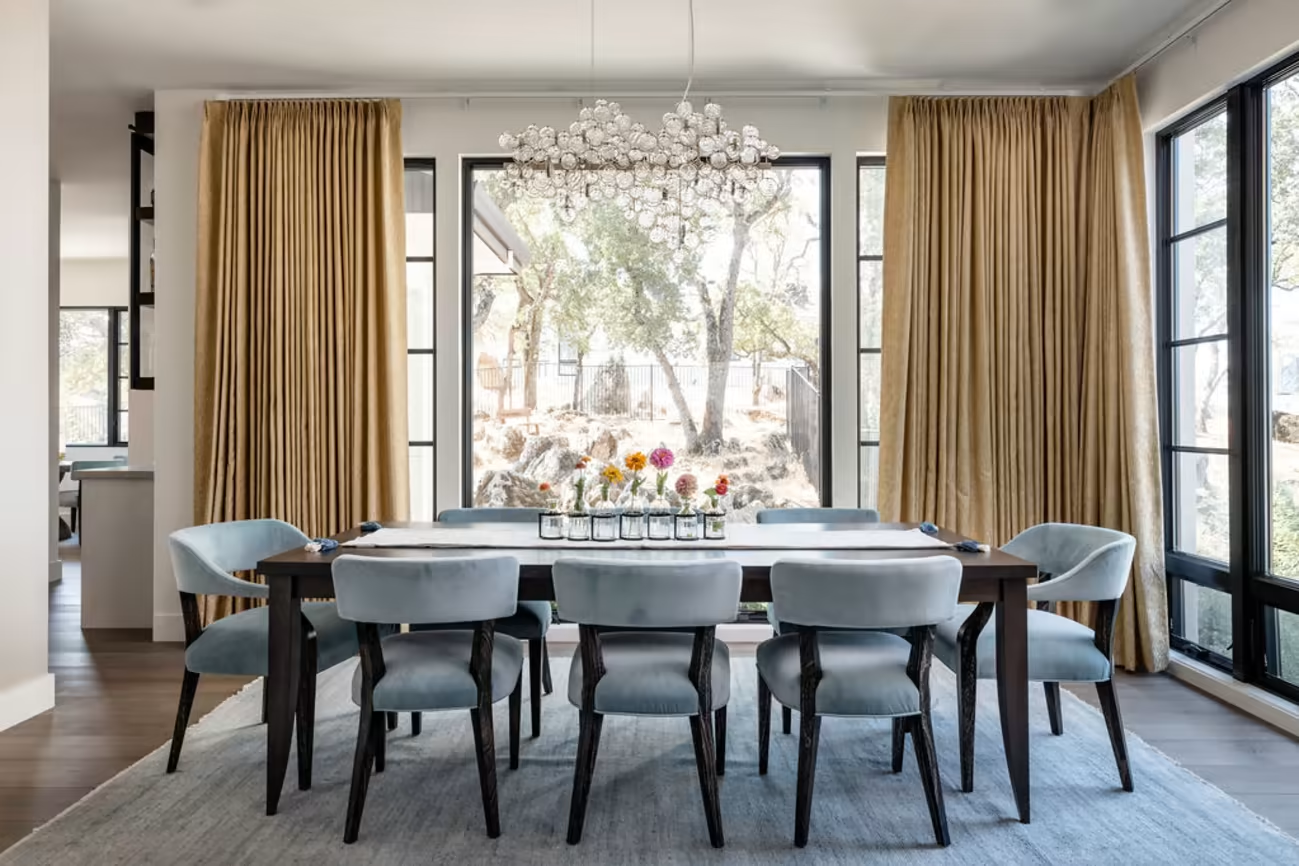

Living Room Furniture
How To Choose A Dining Table
Modified: January 19, 2024
Discover how to select the perfect dining table for your living room with our expert tips and advice. Explore the latest trends in living room furniture and design.
(Many of the links in this article redirect to a specific reviewed product. Your purchase of these products through affiliate links helps to generate commission for Storables.com, at no extra cost. Learn more)
Introduction
When it comes to the heart of your dining room, the dining table plays a pivotal role in setting the tone for the space. It's not just a piece of furniture; it's where cherished memories are made, conversations flow, and delicious meals are enjoyed. Selecting the perfect dining table is a significant decision that can enhance the aesthetics and functionality of your dining area. From family gatherings to cozy dinners for two, the dining table is the centerpiece of it all.
In this comprehensive guide, we will delve into the essential factors to consider when choosing a dining table. From the size of the room to the style and material, we will explore how to make an informed decision that aligns with your personal preferences and practical needs. Whether you're drawn to the rustic charm of farmhouse tables or the sleek elegance of modern designs, this guide will equip you with the knowledge to make a choice that complements your lifestyle and elevates your dining space.
Embark on this journey with us as we navigate through the intricate world of dining tables, exploring the nuances of design, functionality, and style. By the end of this guide, you'll be empowered to select a dining table that not only fits seamlessly into your home but also reflects your unique taste and enhances the dining experience for years to come. Let's begin this exciting exploration of finding the perfect dining table that will be the heart of your home.
Key Takeaways:
- Choose a dining table that fits your space! Measure your room, consider existing furniture, and choose a shape that suits your needs and creates a harmonious dining area.
- Consider the material, style, and functionality of your dining table. Set a budget to guide your choices and create a space that reflects your unique style and enhances your dining experience.
Read more: How To Choose A Rug For Dining Room
Consider the Size of the Room
Before embarking on the quest for the ideal dining table, it’s crucial to assess the dimensions of the dining area. The size of the room will heavily influence the shape and dimensions of the table that will best suit the space. Begin by measuring the length and width of the room, ensuring to leave ample space for movement and chairs. A general rule of thumb is to allow a minimum of 36 inches between the table edge and the walls to facilitate comfortable seating and movement around the dining area.
If your dining space is compact, a round or square table may be more suitable, as these shapes can efficiently maximize the available space while creating an intimate setting. On the other hand, if you have a spacious dining area, a rectangular or oval table could be an excellent choice, offering ample seating and a grander aesthetic appeal.
Consider the existing furniture and layout of the room. If the dining area shares an open floor plan with the living room or kitchen, ensure that the dining table harmonizes with the overall design scheme and complements the surrounding decor. Additionally, take into account any architectural features, such as windows, doors, or alcoves, as these elements can impact the placement and size of the table.
By carefully evaluating the dimensions and layout of the room, you can narrow down the options and focus on dining tables that will effortlessly integrate into the space, creating a harmonious and inviting atmosphere for memorable gatherings and meals.
Determine the Shape of the Table
The shape of a dining table not only contributes to the aesthetic appeal of the room but also influences the dynamics of social interaction and the utilization of space. When selecting the shape of your dining table, consider the size of the room, the number of people it needs to accommodate, and the overall ambiance you wish to create.
Rectangular tables are a popular choice for many households, offering a classic and versatile option that suits various dining spaces. They are well-suited for elongated rooms and can comfortably accommodate larger gatherings, making them an ideal choice for families or individuals who frequently entertain guests.
Square tables are an excellent option for smaller dining areas, as they promote an intimate dining experience and can be placed against a wall or in a corner to optimize space. Their symmetrical design fosters a cozy atmosphere, perfect for casual family meals or intimate conversations.
Round tables are known for their ability to facilitate easy conversation and create a convivial dining environment. They are particularly well-suited for smaller dining rooms and can make the space feel more open and inviting. Additionally, their lack of sharp corners makes them a safe and practical choice for homes with young children.
Oval tables offer the best of both worlds, combining the functionality of a rectangular table with the social intimacy of a round table. Their elongated shape makes them suitable for narrow spaces while providing a sense of elegance and sophistication.
Ultimately, the shape of your dining table should align with the dimensions of the room and the atmosphere you want to cultivate. By carefully considering the shape, you can create a harmonious and inviting dining area that caters to both practical needs and aesthetic preferences.
Choose the Right Material
When it comes to selecting a dining table, the choice of material plays a significant role in defining its aesthetic appeal, durability, and maintenance requirements. Each material has its unique characteristics, and understanding their attributes can help you make an informed decision that aligns with your lifestyle and design preferences.
Wood remains a timeless and popular choice for dining tables, exuding warmth and character that can elevate the ambiance of the dining area. Hardwoods such as oak, walnut, and mahogany are renowned for their sturdiness and rich grain patterns, making them an excellent investment for long-term use. Additionally, reclaimed wood tables offer a rustic charm and environmental sustainability, perfect for those seeking a more eco-friendly option.
Glass tables bring a sense of modernity and sophistication to the dining space, creating an illusion of spaciousness and lightness. They are easy to clean and maintain, making them an ideal choice for contemporary and minimalist interiors. The transparency of glass also allows for versatile styling options, as it can effortlessly blend with various decor styles and color schemes.
Metal tables, particularly those with steel or iron frames, offer a sleek and industrial aesthetic that can infuse a sense of modern flair into the dining area. Their durability and resistance to wear and tear make them a practical choice for busy households or individuals seeking a statement piece that exudes contemporary elegance.
Marble tables exude luxury and opulence, adding a touch of grandeur to the dining space. Their smooth and lustrous surface creates a striking focal point, making them an ideal choice for formal dining rooms or those desiring a sophisticated and refined ambiance. While marble requires gentle care to maintain its pristine appearance, its timeless elegance makes it a coveted choice for discerning homeowners.
By carefully considering the material of the dining table, you can select an option that not only harmonizes with your design vision but also aligns with your practical needs and maintenance preferences. Whether you opt for the warmth of wood, the sleekness of glass, the modernity of metal, or the luxury of marble, the material choice will undoubtedly contribute to the overall allure of your dining space.
When choosing a dining table, consider the size of your dining area, the number of people you want to seat, and the style of the table that will complement your existing decor.
Select the Style and Design
Choosing a dining table that reflects your personal style and complements the existing decor is essential in creating a cohesive and visually appealing dining space. The style and design of the table can set the tone for the entire room, serving as a focal point that ties together the aesthetic elements of the dining area.
For those drawn to a traditional and timeless look, a farmhouse or rustic dining table can infuse the space with warmth and charm. Characterized by sturdy construction and natural finishes, these tables evoke a sense of nostalgia and comfort, making them an inviting centerpiece for family gatherings and casual meals.
Modern and contemporary dining tables embrace sleek lines, minimalistic designs, and innovative materials, offering a sophisticated and avant-garde aesthetic. From glass and metal combinations to sculptural silhouettes, these tables make a bold statement, adding a touch of urban chic to the dining area and creating a striking juxtaposition against traditional decor elements.
Those with a penchant for elegance and opulence may gravitate towards formal dining tables, featuring ornate detailing, luxurious materials, and exquisite craftsmanship. These tables exude a sense of grandeur and refinement, elevating the dining experience to a regal affair and providing a captivating focal point for special occasions and formal gatherings.
Mid-century modern tables showcase a retro-inspired charm, blending organic shapes, clean lines, and functional simplicity. With a nod to the design aesthetics of the mid-20th century, these tables offer a timeless appeal and a versatile foundation for eclectic and vintage-inspired dining spaces.
Furthermore, custom and bespoke dining tables provide an opportunity to tailor the design to your exact specifications, allowing you to express your individuality and create a one-of-a-kind piece that resonates with your unique style and preferences.
By considering the style and design of the dining table, you can curate a cohesive and visually captivating dining space that reflects your personality and design sensibilities. Whether you opt for the rustic allure of farmhouse tables, the contemporary allure of modern designs, or the timeless elegance of formal dining tables, the style and design choice will undoubtedly leave a lasting impression on your dining area.
Read more: How To Choose A Dining Room Rug
Assess the Functionality
Beyond aesthetics, the functionality of a dining table is a crucial aspect to consider when making a selection. Understanding how the table will be used in your daily life and the specific features that cater to your needs is essential in ensuring that it seamlessly integrates into your lifestyle.
Consider the seating capacity of the table in relation to your typical gatherings. If you frequently host large dinner parties or have a sizable family, a table with ample seating space is imperative. Conversely, for smaller households or intimate gatherings, a more compact table may be suitable, optimizing the available space without overwhelming the room.
Extension mechanisms can enhance the versatility of a dining table, allowing it to adapt to varying guest numbers and spatial requirements. Tables with extension leaves or drop-leaf designs offer the flexibility to adjust the size according to the occasion, making them an excellent choice for those who value adaptability and practicality.
Storage capabilities, such as drawers or shelves, can be a valuable addition to a dining table, providing convenient space to stow away table linens, dining essentials, or decorative accents. This feature is particularly beneficial for smaller dining areas or multifunctional spaces where efficient storage solutions are essential.
The height of the table also influences its functionality and comfort. Standard dining tables typically range from 28 to 30 inches in height, providing a comfortable surface for dining. Counter-height and bar-height tables offer a more casual and contemporary appeal, ideal for informal dining and socializing, while also creating a distinct visual impact in the dining area.
Furthermore, the material and finish of the table should align with your lifestyle and maintenance preferences. If you anticipate frequent use and potential spills, opting for durable and easy-to-clean materials is paramount in ensuring the longevity and practicality of the table.
By carefully assessing the functionality of the dining table, you can make a well-informed decision that caters to your specific needs, accommodating your lifestyle and enhancing the usability of the dining area. Whether you prioritize seating capacity, adaptability, storage, or maintenance, the functionality of the table will ultimately contribute to a seamless and enjoyable dining experience.
Set a Budget
Establishing a budget for your dining table is a fundamental step in the decision-making process, guiding your choices and ensuring that you find a table that aligns with your financial parameters. By defining a clear budget, you can explore options that offer the best value and quality within your designated price range, allowing you to make a well-informed and practical investment.
When setting a budget, consider the long-term value of the dining table. While it’s important to stay within your financial means, it’s equally crucial to view the purchase as a durable and integral piece of furniture that will enrich your dining experience for years to come. Assess the quality of materials, craftsmanship, and durability, as these factors contribute to the longevity and overall value of the table.
Researching the market and comparing prices across different retailers can provide valuable insights into the prevailing cost range for dining tables. Keep in mind that factors such as the material, design intricacy, and brand reputation can influence the pricing, so it’s essential to prioritize features that are most important to you within your budget constraints.
Be open to exploring various options, including both new and pre-owned dining tables. Consignment stores, online marketplaces, and estate sales can present opportunities to find high-quality tables at a fraction of the retail cost, allowing you to maximize your budget without compromising on style or functionality.
Additionally, consider the potential for future expenses, such as maintenance and additional accessories. Factoring in these costs when setting your budget can help you make a more comprehensive and realistic assessment of the overall investment required for your ideal dining table.
By setting a budget that aligns with your financial goals and priorities, you can navigate the myriad of dining table options with clarity and confidence, ensuring that you make a well-considered choice that meets your practical and aesthetic requirements without exceeding your financial boundaries.
Conclusion
Choosing the perfect dining table is a multifaceted endeavor that encompasses considerations of size, shape, material, style, functionality, and budget. The process of selecting a dining table is not merely a practical decision but an opportunity to curate a space that encapsulates your lifestyle, fosters memorable experiences, and reflects your personal style.
By carefully evaluating the dimensions of the room, you can tailor the size and shape of the table to optimize the space and create a harmonious dining area. The choice of material contributes to the table’s aesthetic appeal and practicality, allowing you to select an option that resonates with your design vision and maintenance preferences.
Furthermore, the style and design of the dining table play a pivotal role in setting the ambiance of the room, providing a captivating focal point that ties together the visual elements of the dining area. Assessing the functionality of the table ensures that it caters to your specific needs, accommodating your lifestyle and enhancing the usability of the space.
Setting a budget for your dining table empowers you to make a well-informed investment, guiding your choices and enabling you to explore options that offer the best value and quality within your financial parameters.
Ultimately, the process of choosing a dining table is an opportunity to create a space that embodies comfort, style, and functionality, where cherished moments and shared meals become an integral part of your home. By embracing the journey of selecting a dining table, you can transform your dining area into a welcoming and aesthetically pleasing environment that enriches your daily life and creates lasting memories for years to come.
Embark on this journey with confidence, armed with the knowledge to make an informed decision that aligns with your unique preferences and elevates the heart of your home—the dining room.
Frequently Asked Questions about How To Choose A Dining Table
Was this page helpful?
At Storables.com, we guarantee accurate and reliable information. Our content, validated by Expert Board Contributors, is crafted following stringent Editorial Policies. We're committed to providing you with well-researched, expert-backed insights for all your informational needs.
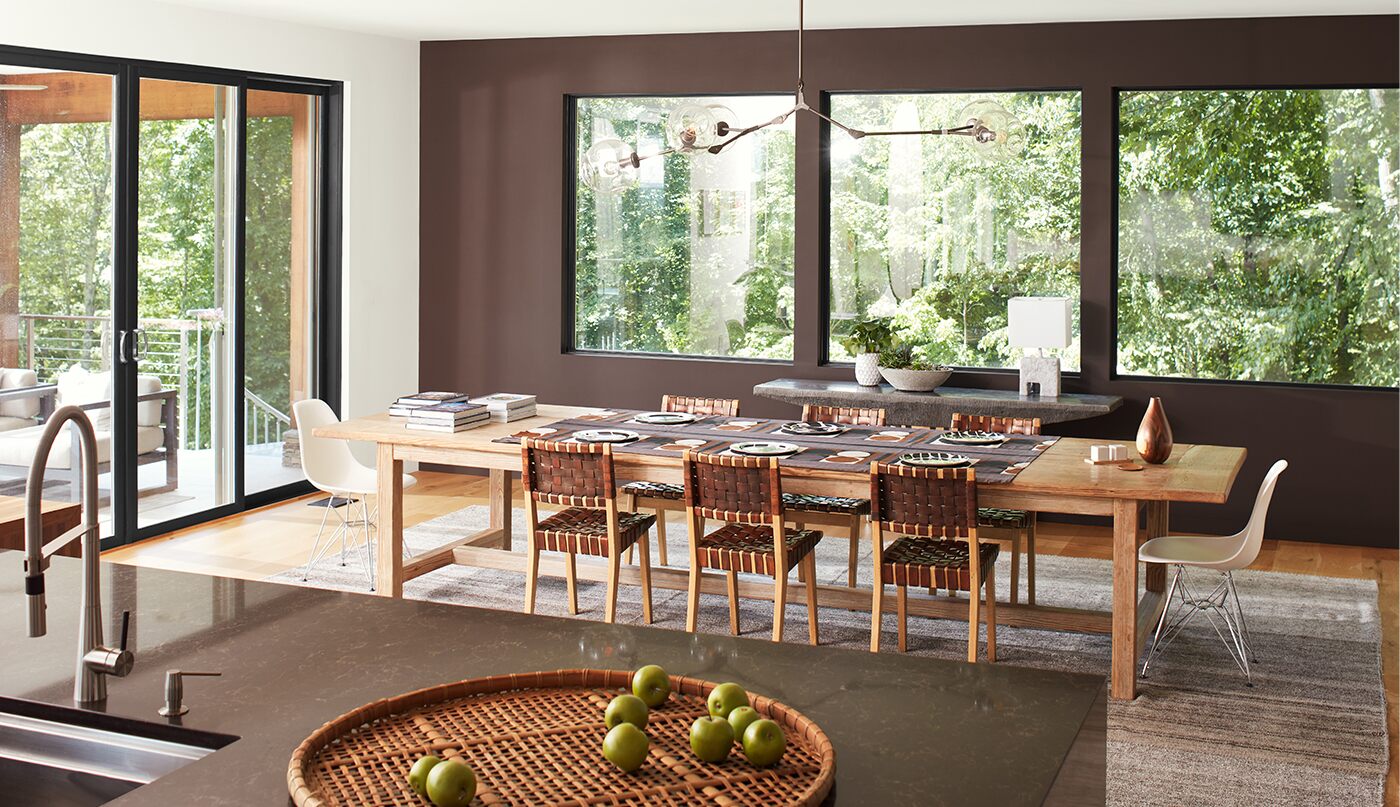
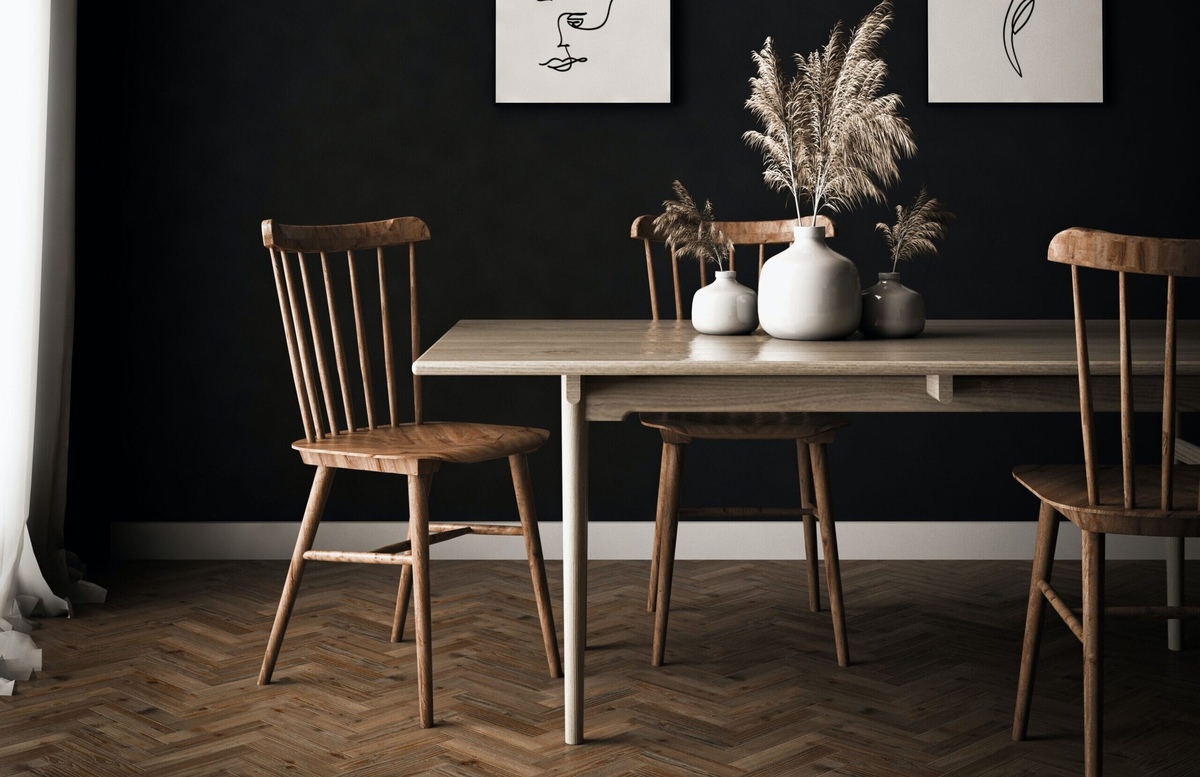
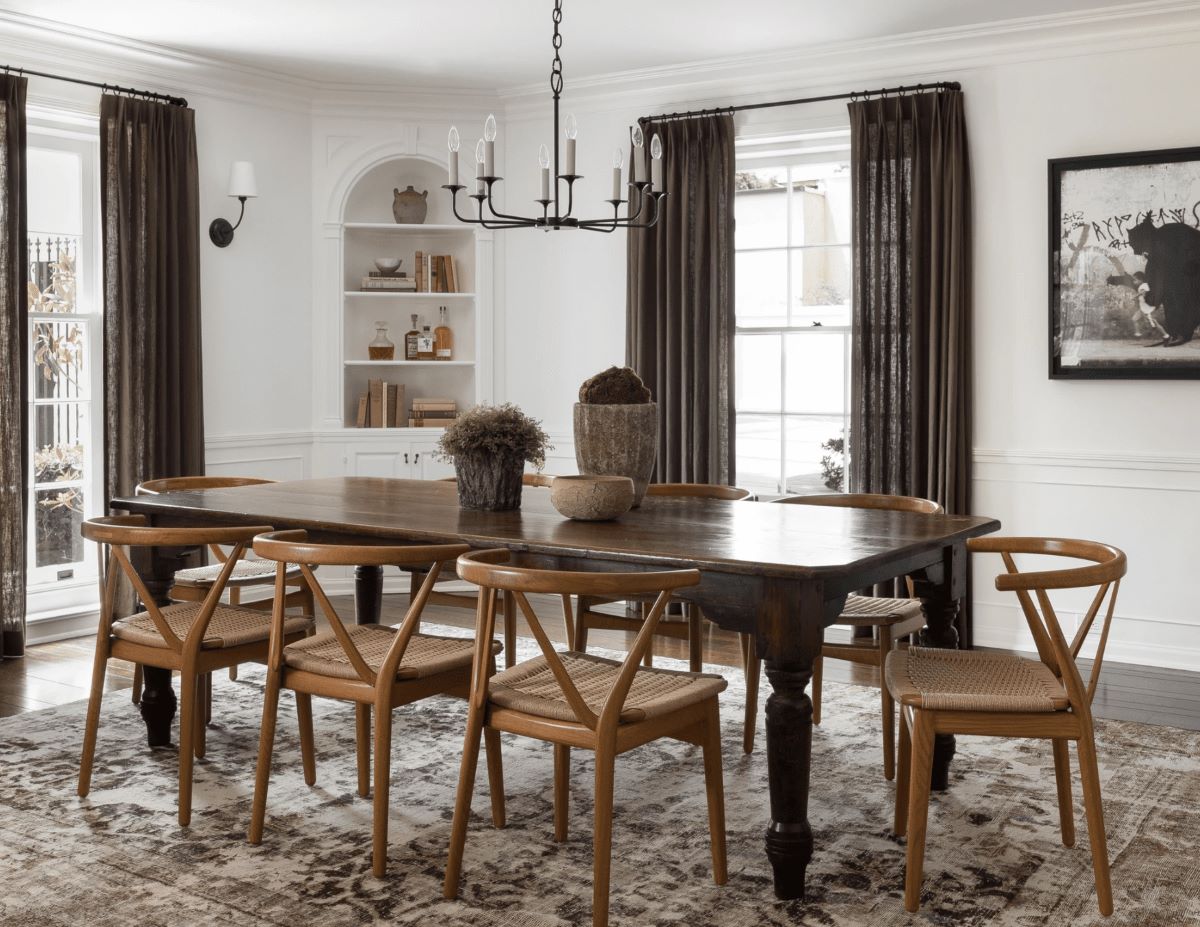
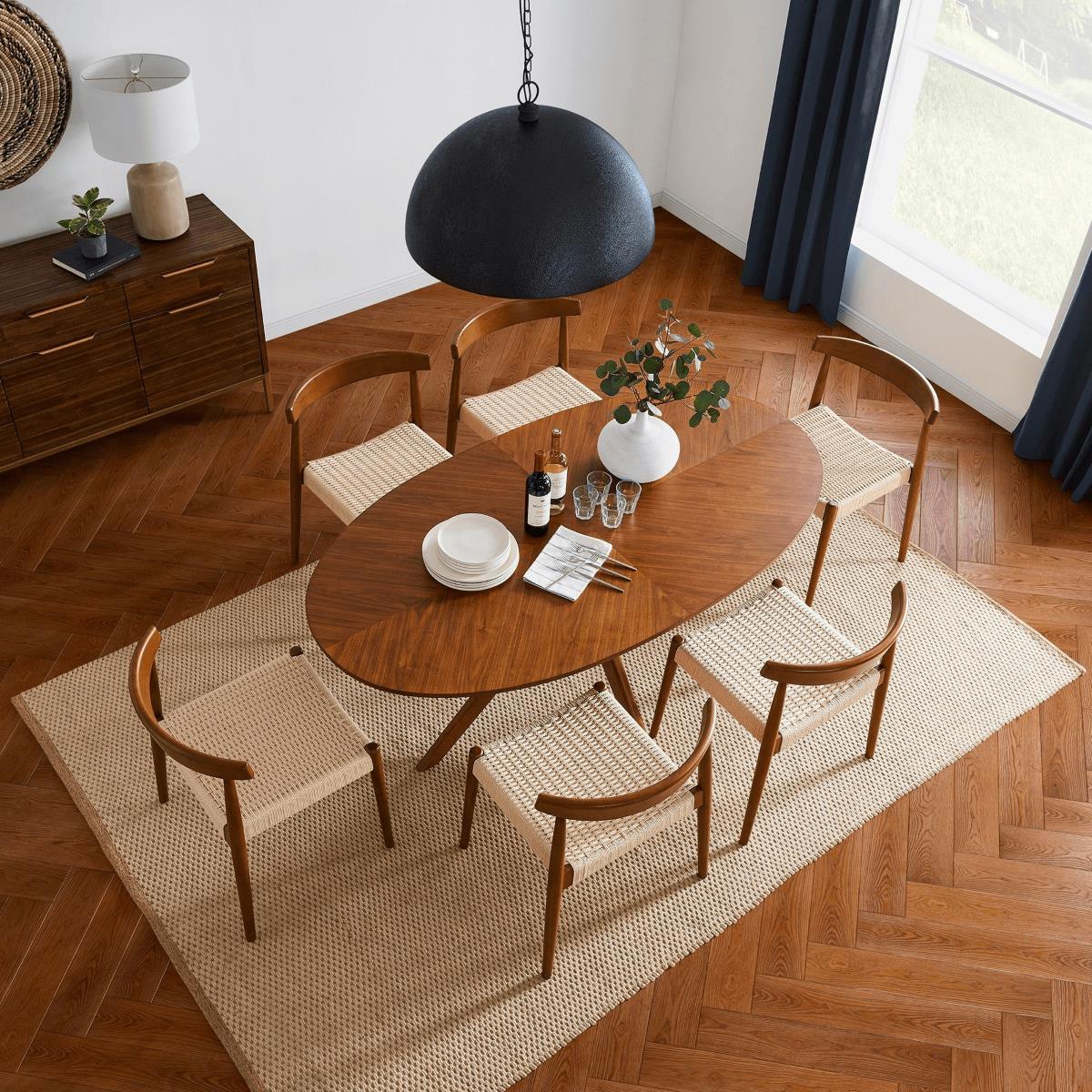
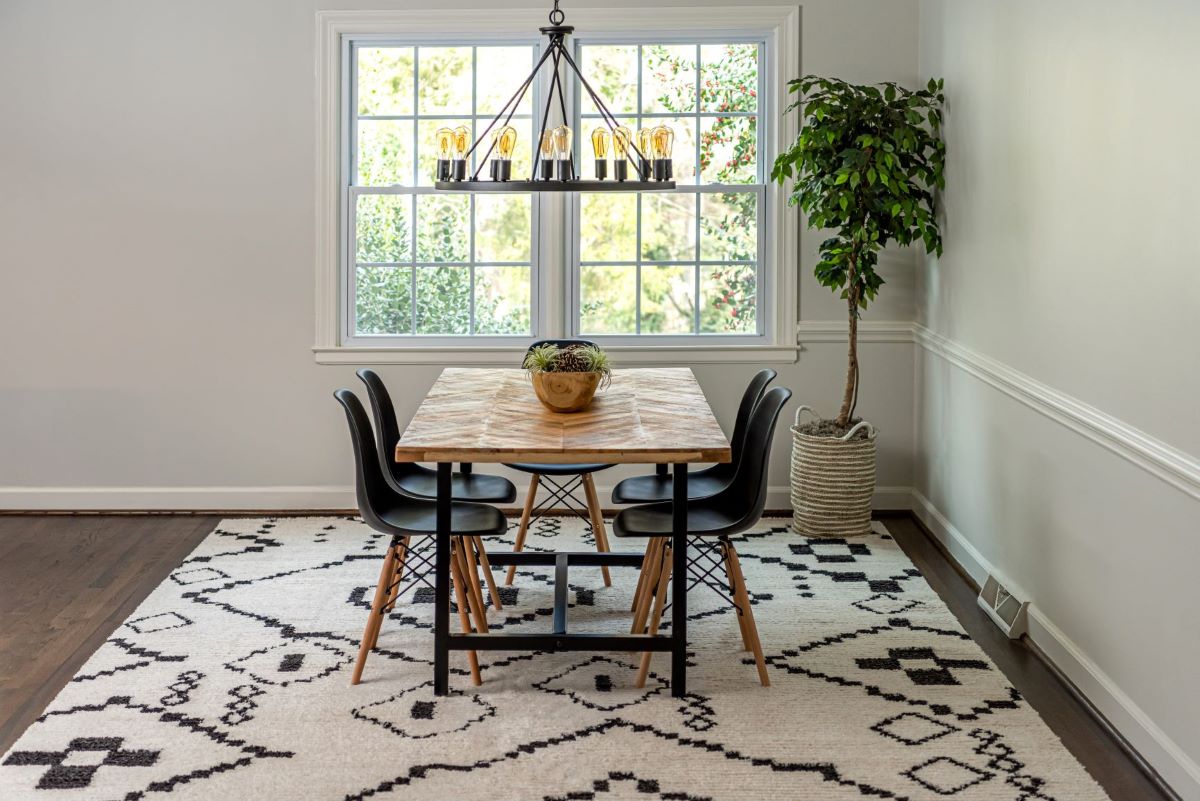
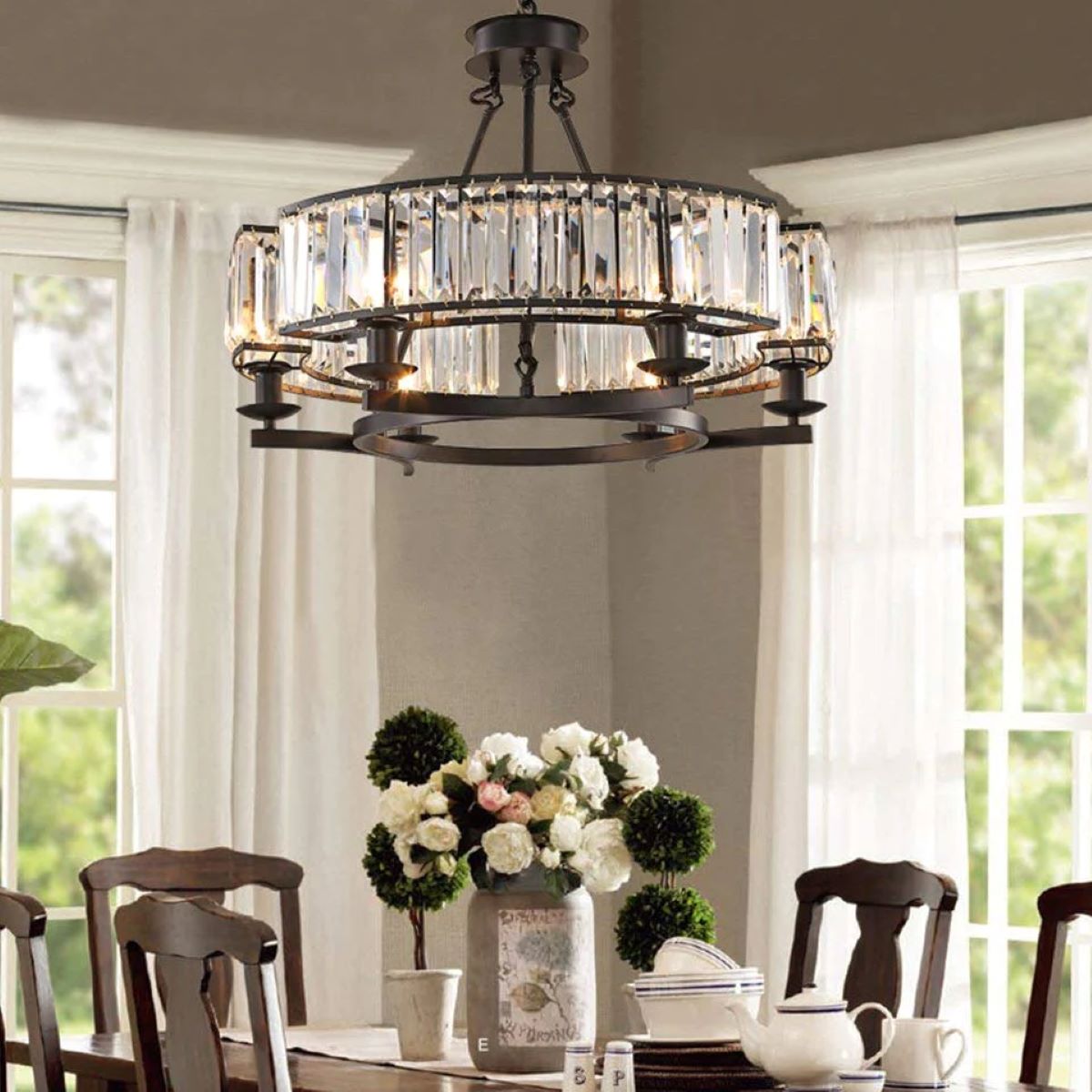
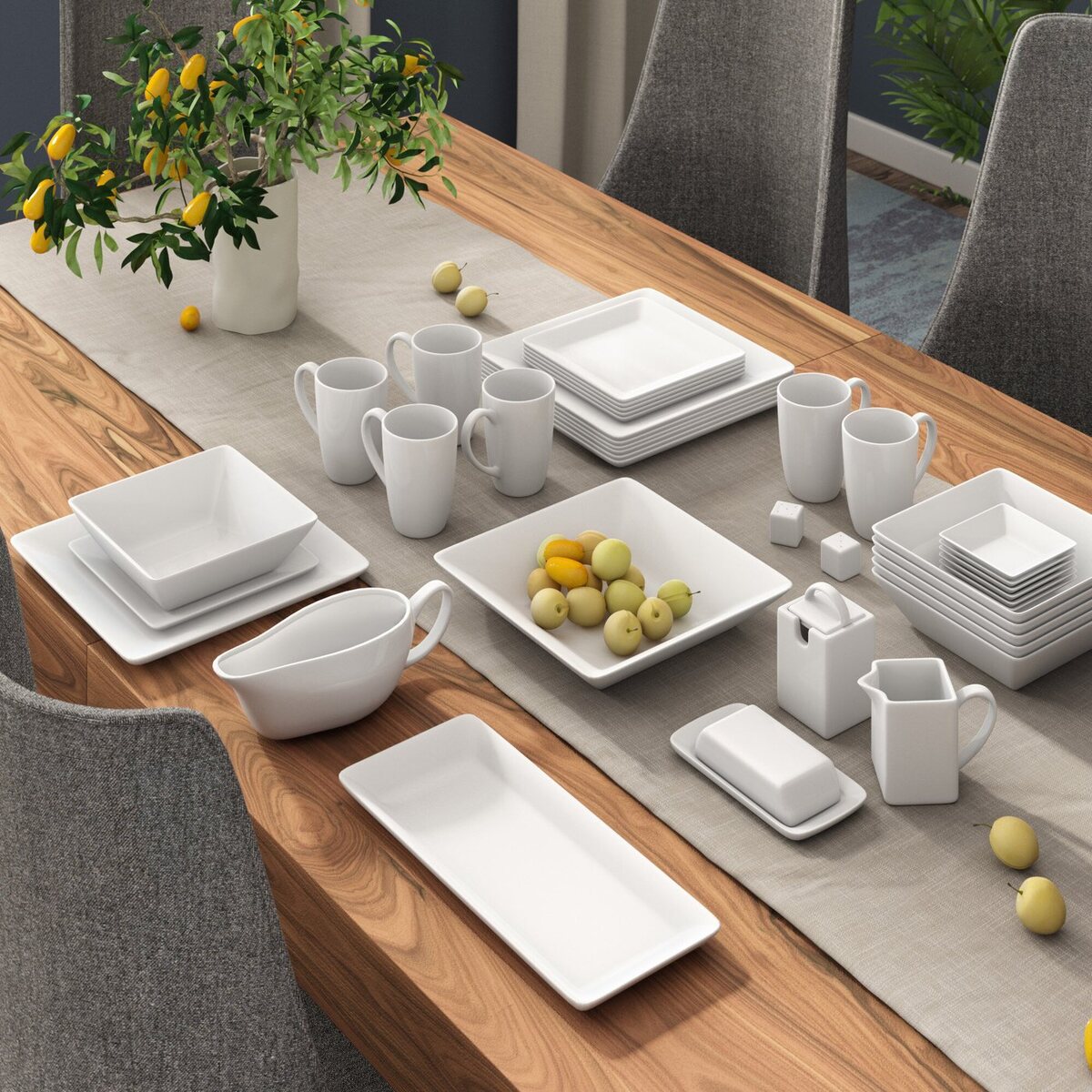
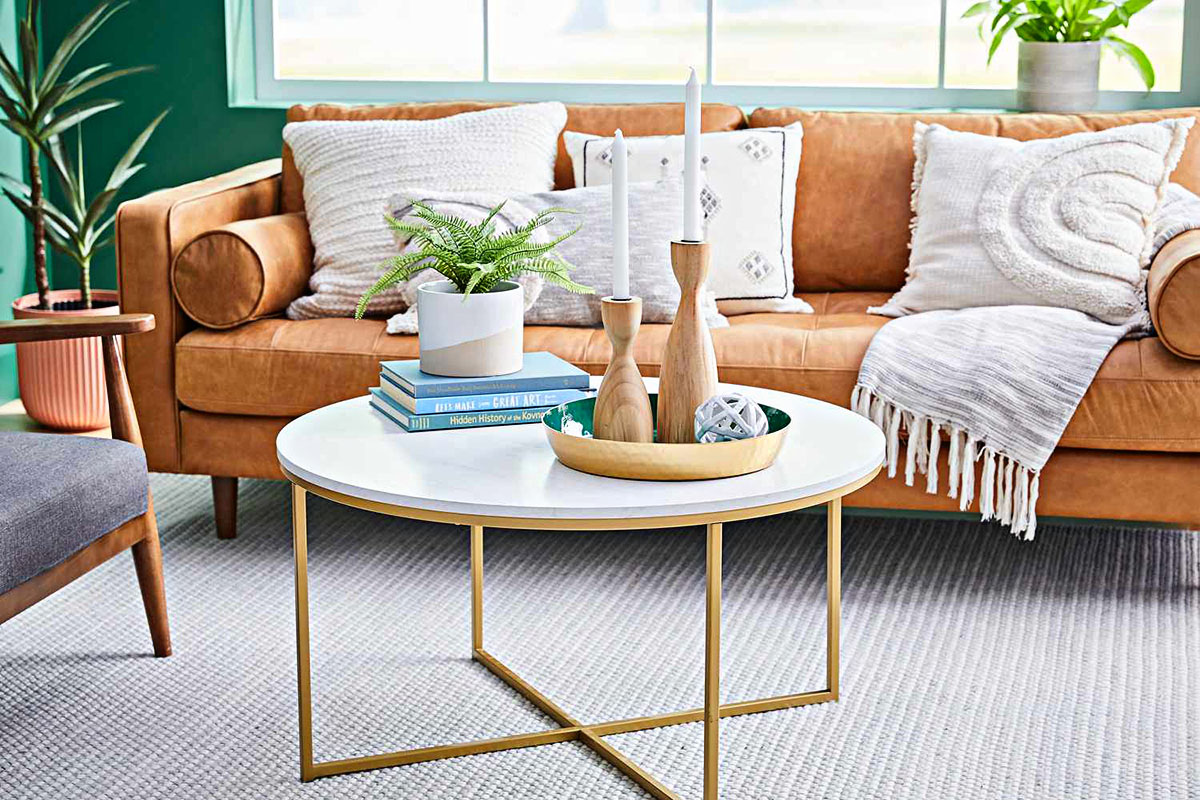
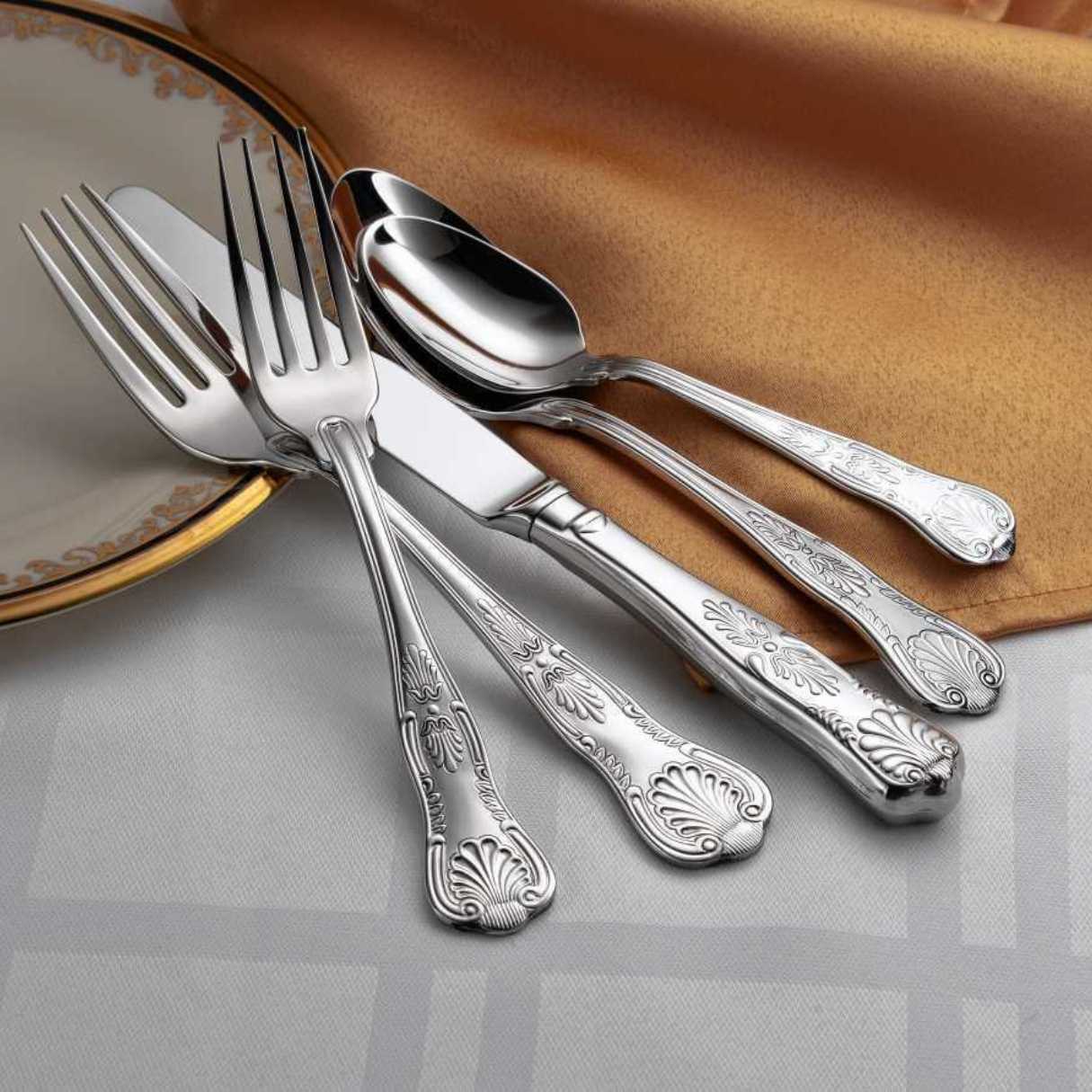
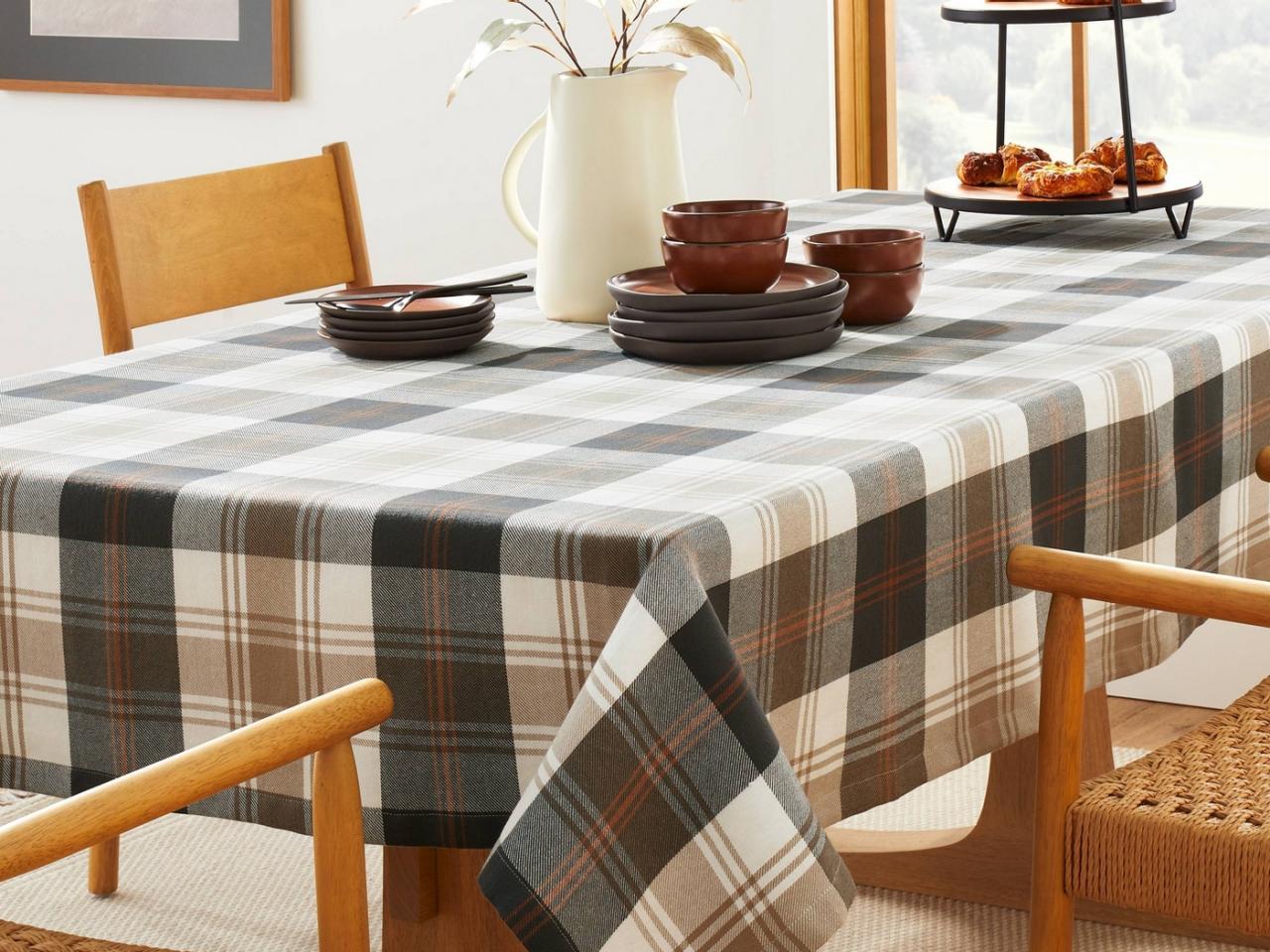

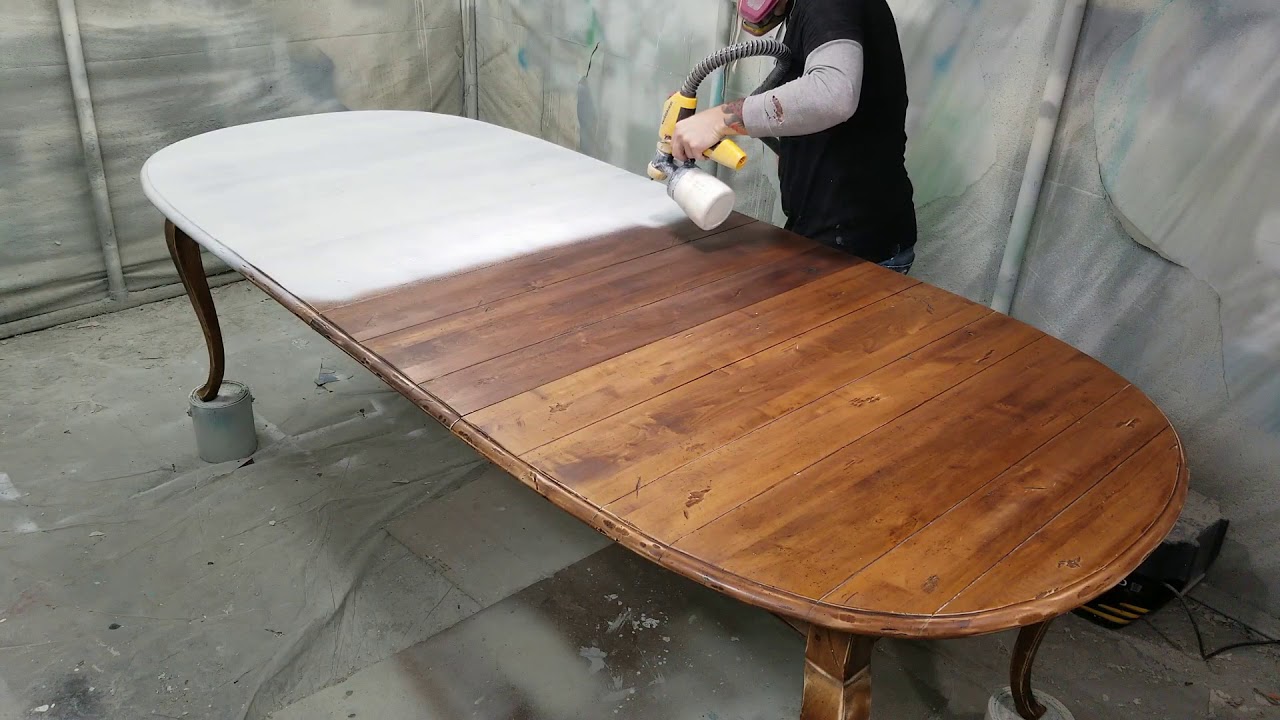
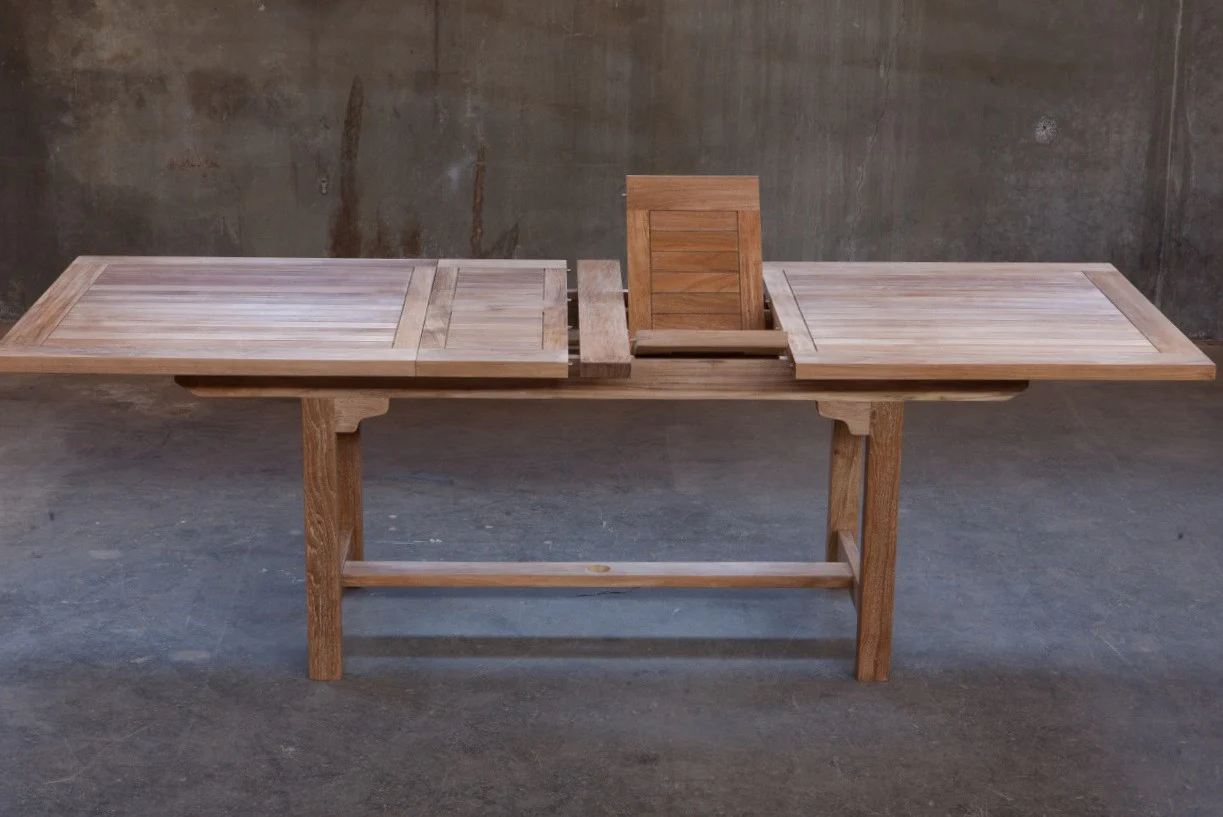
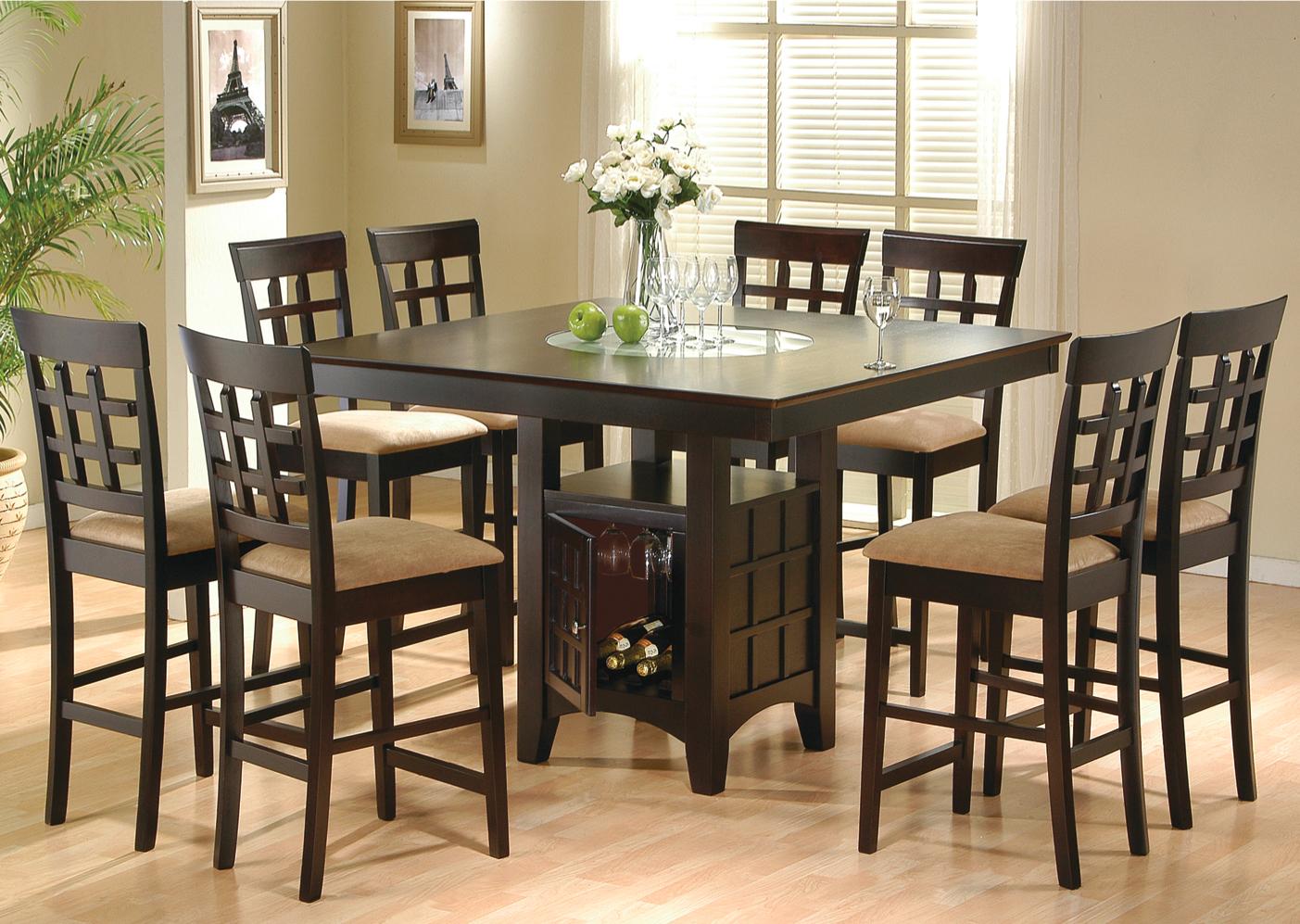

0 thoughts on “How To Choose A Dining Table”